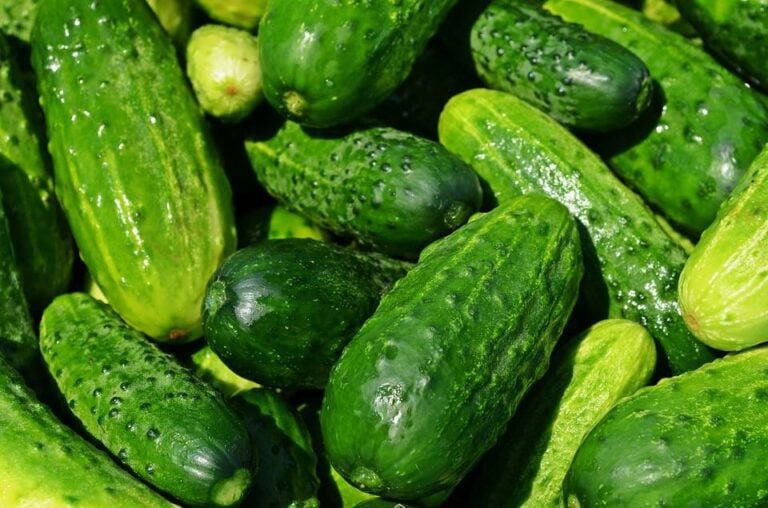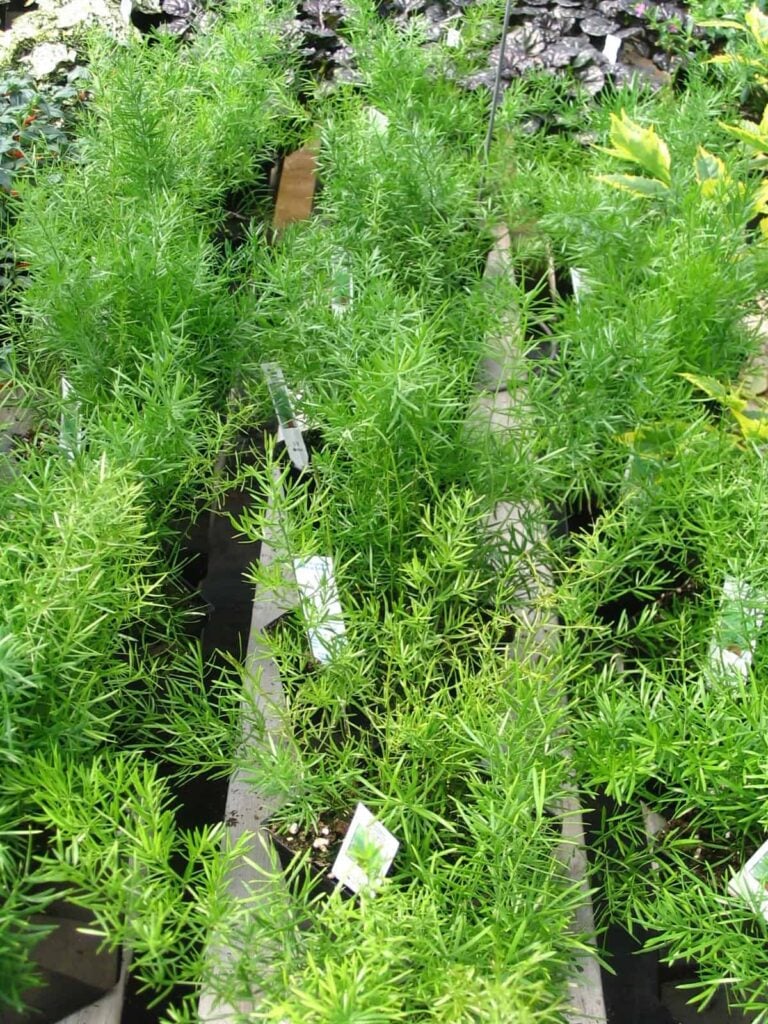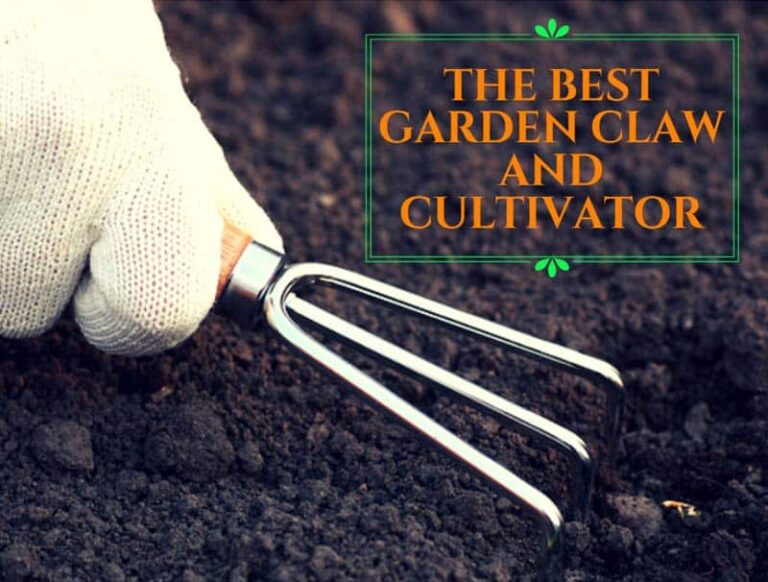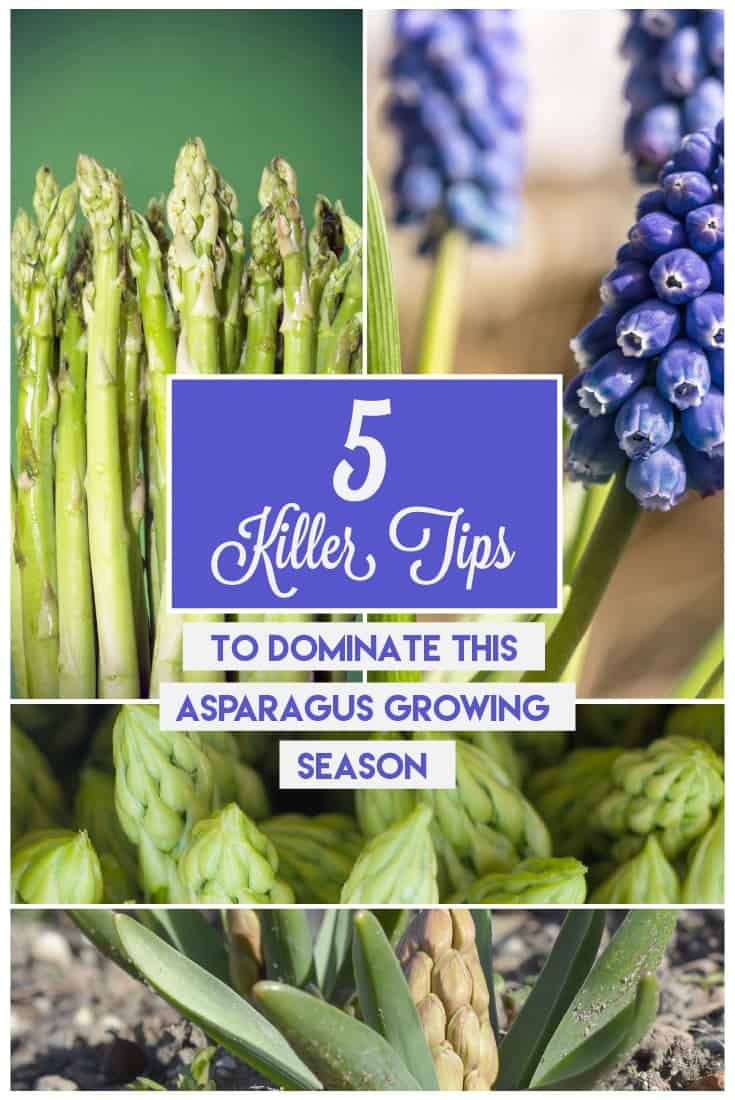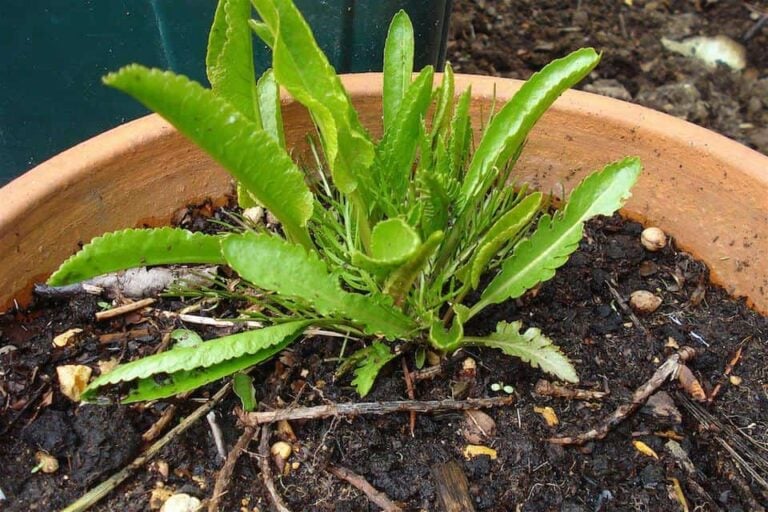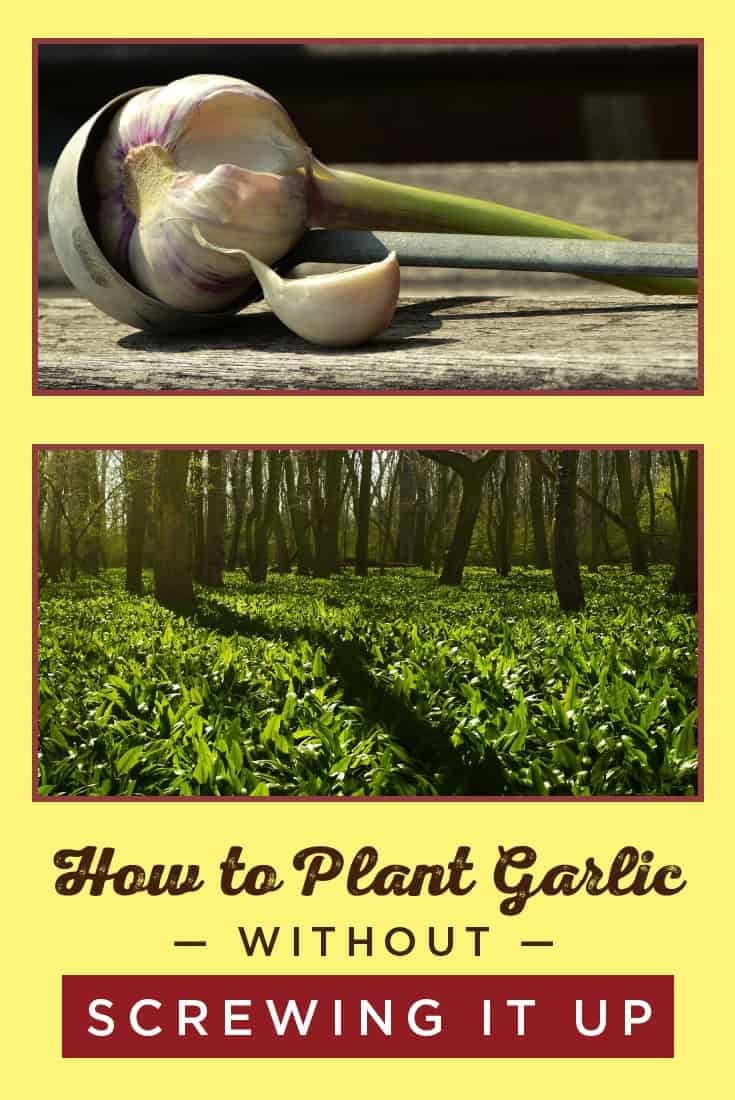Growing Lemon Balm In Your Herb Garden
Lemon balm is easy to grow and many herbalists value it highly. If you want to introduce your children to growing herbs, lemon balm is a good choice because it grows so easily and usually comes back year after year.
Lemon balm has heart-shaped leaves with serrated edges and looks like mint, but it gives off a lemony scent. The scent is considered so pleasant, some growers use it in salads or add it to flower arrangements.
Lemon balm has many uses. Many folks claim it repels mosquitoes and use it in place of citronella or chemical insect repellants. Many herbalists claim that it has medicinal properties, such as the ability to help with sleep and anxiety.
Lemon balm is also a good food source for bees, and bees seek it out. It’s even called “bee balm” by some. If you want to help the bee population and attract them to your yard, plant lemon balm — and milkweed also attracts them.
The following clip has some good tips for gardeners who are interested in growing lemon balm.
The Best Climate for Growing Lemon Balm
Lemon balm grows well in zones 4-9, as you can see on the National Gardening Association map.
In many climates, lemon balm is a perennial. Even in climates which get a lot of snow in the winter, lemon balm roots have been known to survive the cold and the plant may return in the spring. In Oregon, which has a very wet climate, it is so prolific it’s actually considered a weed.
How to Plant Lemon Balm
There are two ways to propagate lemon balm. You can use cuttings or seeds.
For good results, try planting lemon balm in the spring, around the time of the last frost. You can also plant the seeds late in the summer.
You can propagate lemon balm easily using cuttings. Cut off a sprig that’s about 4 inches long before the plant gets spindly. Pull the bottom two sets of leaves off. The places on the stem that held those leaves will then hold the possible beginnings of new roots.
Fill shallow clear glass or plastic containers (such as plastic cups) with water. You can put a couple of stems in each cup. Place the cups in a sunny place, like a south-facing windowsill. The sunlight will cause evaporation of the water, so keep adding water. If the water becomes dark, replace it with new water. Once you see roots, you can transplant the cuttings to the ground or to a pot.
If you already have a lemon balm plant and want to plant more next year using seeds, it’s not difficult. After the lemon balm has produced long shoots and the tiny flowers on them have withered, cut off the long shoots with the flowers. Clip the stalks and stick them somewhere to dry out, like a paper bag, and once the cuttings are dry it’s easy to locate and pull off the seeds. You’ll find the seeds on the bottom of the bloom near the stem.
As mentioned, lemon balm will spread easily if it’s not pruned back (see pruning section below). Because lemon balm is part of the mint family it will re-seed itself. Lemon balm doesn’t have “runner” roots like mint, however, so it isn’t quite as invasive.
Lemon Balm Soil
When planting the seeds, a good pH for the soil is 6-7. If you don’t know the pH of your soil, pH test kits are available online or from your garden store.
A soil rich in organic matter and mulch will help the growing process. Sandy soil is good. Clay isn’t.
Lemon balm typically does well even in poor soil because it’s a hardy plant and is drought resistant.
How Much Sun?
Lemon balm grows well in full sun, but in a hotter climate it likes a spot that gets some shade during the day. It will thrive in either condition.
Pruning Your Plants
Plants can grow as tall as 2-3 feet, but they are usually easy to prune.
If the weather gets too cold lemon balm may wither and look dead, but it will usually grow back in spring. It’s a good idea to prune it back if the plants get too tall, and before the first frost cut it back close to the ground.
As mentioned, lemon balm is part of the mint family and it will spread on its own in the yard, but unlike mint it won’t take over, if you are careful about pruning. In the summer, when it has finished flowering and you see flowers withering on the long shoots at the top of the plant, cut it all the way back to the ground, to prevent it taking over the yard.
Potting Lemon Balm
Lemon balm does well as a potted plant, indoors or outdoors. Some gardeners like to plant multiple pots and move them around the yard as needed. For instance, they can be placed around the patio or deck if you’ve invited over guests, since they reportedly repel mosquitoes.
When to Harvest
For the best harvest, experts recommend that you not wait until the plant is flowering and spindly. When that happens, the leaves become bitter. If you are using them for salads or teas, you will taste that bitterness.
Look for a time when the plant appears very lush, with fat leaves, most likely in late spring or earlysummer. If you miss that window of time and they do start flowering, simply cut them back. In most mild climates you can harvest them several times a year if you cut them back that way.
It’s a good idea to harvest in the morning, after the dew has dried off.
If you’re harvesting just for tea, remove leaves individually. If you’re harvesting for drying, remove stems that have plenty of leaves, then remove the leaves after the drying process.
Fragrant and hardy, lemon balm is easy to grow, and makes a nice addition to your garden.

